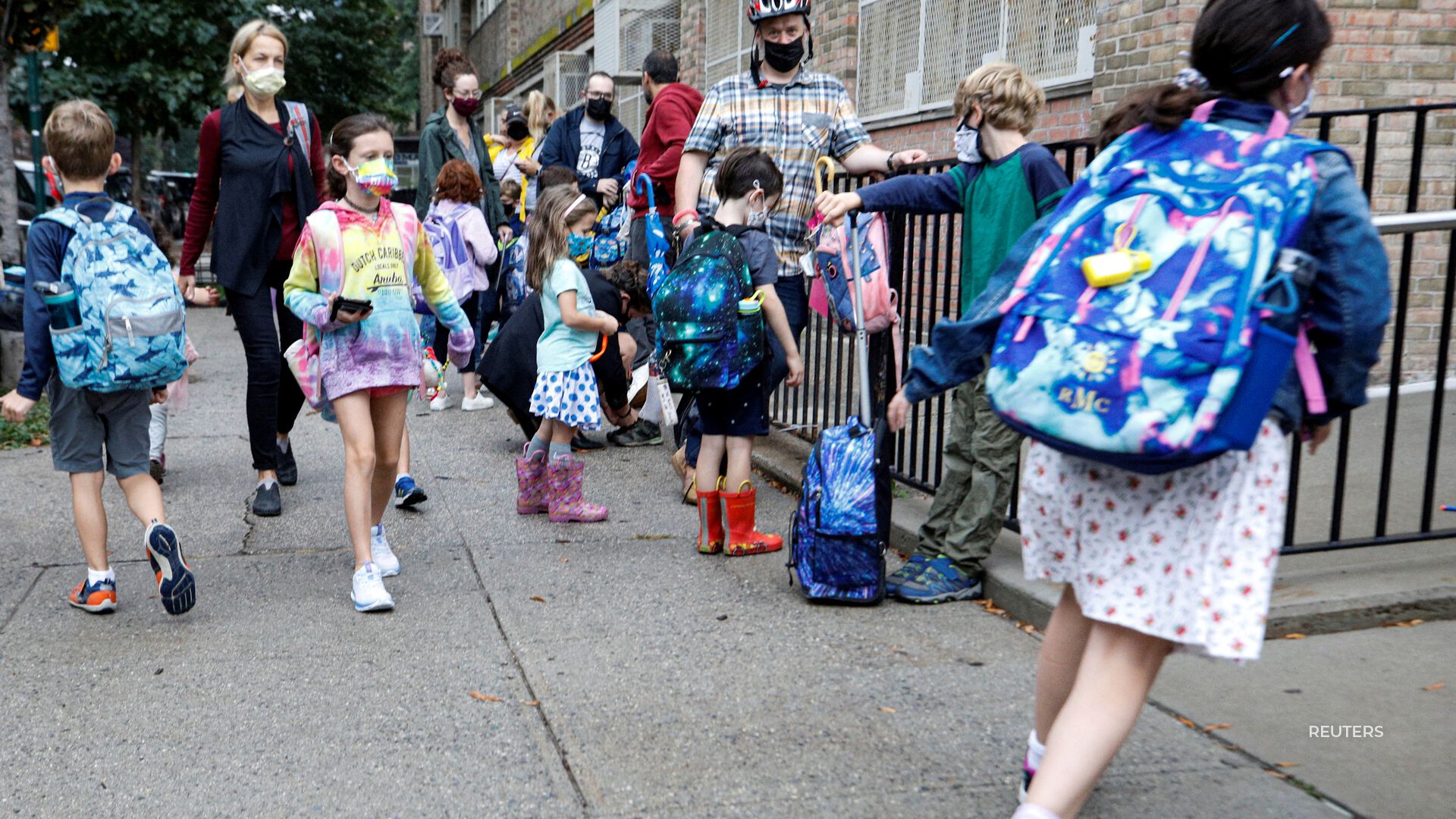
Dr. Rochelle Walensky, CDC Director: “Over the past few months, CDC has collaborated with school districts across the country to evaluate a new strategy known as ‘test to stay.’ Today, we’re releasing CDC science on ‘test to stay’ that allows unvaccinated children to stay in school even if they’ve been exposed to the virus so that they don’t have to miss school while they’re quarantining at home. In the ‘test to stay’ protocol, there’s increased testing of close contacts after a COVID-19 exposure, and that testing needs to be at least twice during the seven-day period after exposure. If exposed children meet a certain criteria and continue to test negative, they can stay in school instead of quarantining at home.”
“‘Test to stay’ is an encouraging public health practice to keep our children in school, and CDC is updating our materials to help schools and parents know how to best implement this promising and now proven practice, along with our multilayer prevention strategies that will help keep our children in the classroom safely.”
“With regard to the protocols, there are numerous, numerous jurisdictions that are looking at ‘test to stay’ strategies. Some of them are, were testing every day, some of them every other day, and some of them twice a week. So, we would say no less frequent than twice a week in order to employ the ‘test to stay’ protocols. And these were limited to schools, to be clear. So, we don’t yet have evidence about ‘test to stay’ protocols in other settings”.
Jeffrey Zients, White House Coronavirus Response Coordinator: “The Omicron variant is more transmissible, and our medical experts anticipate it will lead to a rise in cases. But unlike last winter, we now have the power to protect ourselves. Our vaccines work against Omicron, especially for people who get booster shots when they are eligible. If you are vaccinated, you could test positive, but if you do get COVID, your case will likely be asymptomatic or mild. We are intent on not letting Omicron disrupt work and school for the vaccinated. You’ve done the right thing, and we will get through this. For the unvaccinated, you’re looking at a winter of severe illness and death for yourselves, your families and the hospitals you may soon overwhelm.”
“We are prepared to confront this new challenge. We have plenty of vaccines and booster shots available at convenient locations and for no cost. There’s clear guidance on masking to help slow the spread. And we have emergency medical teams to respond to surges as necessary. So, this is not a moment to panic because we know how to protect people. And we have the tools to do it.”
Dr. Rochelle Walensky, CDC Director: “At least 39 states and over 75 countries have reported confirmed cases of the Omicron variant. And although Delta continues to circulate widely in the United States, Omicron is increasing rapidly and we expect it to become the dominant strain in the United States, as it has in other countries in the coming weeks. We’ve seen cases of Omicron among those who are both vaccinated and boosted, and we believe these cases are milder or asymptomatic because of vaccine protection. What we do know is we have the tools to protect ourselves against COVID-19.”






